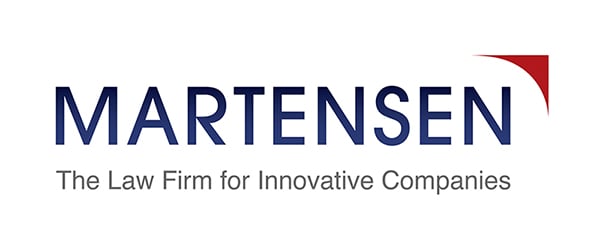The Mother Of Invention Has Arrived In The Form Of COVID-19
A well-known proverb states that, “Necessity is the mother of invention.” The coronavirus pandemic has certainly drawn attention to some clear needs, and as a result, new innovations, yet to be recognized, are forthcoming. History has shown we are an innovative race and, given the right motivation, we can come up with some incredible solutions. No doubt, the current crisis will be the impetus for course-changing advances.
For example, with the growing need for ventilators, one bright engineer wondered whether there might be a way for a single ventilator to aid two patients. And a robotic company has come up with the idea of using a robot to repeatedly squeeze a manual ventilator. Well done! History is replete with examples of pioneers rising to such a challenge. In the Great Depression, television, nylon, photocopiers and electric razors were invented. The needs of World War II brought aviation from biplanes to jets in five short years. And during our country’s last recession, telecommuting, something we all are now getting used to, was rolled out.
Government Support of Critical Innovation
The government’s implied social contract is that it will, first and foremost, take care of its citizens. So, as the U.S. and the world in general strive to resolve the coronavirus crisis, governments around the globe are motivating their citizens to offer solutions.
This is where the U.S. excels. Unlike many (if not most or all) other countries, the U.S motivates private entities to forward their ideas and innovations in response to a government grant or contract by allowing them to retain title and capitalize financially on their solution. So, when the government throws trillions of dollars at the market to come up with a solution, the innovator who cracks that nut is rewarded, handsomely. And that brings a lot of squirrels to the table.
Bayh-Dole and a New Government/Inventor Dynamic
The foundation of this enterprise lies in the Bayh-Dole Act of 1980, which turned the ownership of and rights to government-sponsored inventions on its head. As a result of this act, the contactor, not the government, retains title to an invention sponsored (i.e., paid for) by the U.S. government.
Senators Bayh and Dole successfully argued that by allowing inventors to retain title in their inventions so that they can commercialize their ideas and receive the fruits of their labor, the U.S. will generate more innovations and regain its position as the world’s tech leader. In exchange for the government gaining a nonexclusive, nontransferable, irrevocable, paid-up license to practice the innovation for or on behalf of the country, the inventor retains title and is able to fully commercialize the invention.
Over the past three decades, the rules around implementing the Bayh-Dole Act have become complex, but the foundation remains, and for those who innovate and can navigate the maze of intellectual property (IP) regulations, opportunity awaits. The intersection of IP and government contacts/grants is, more than ever, at the forefront as we address this crisis. During a time when creative solutions are so dramatically needed, don’t forget that our system of protection for government-sponsored IP is working to help those who help others.



